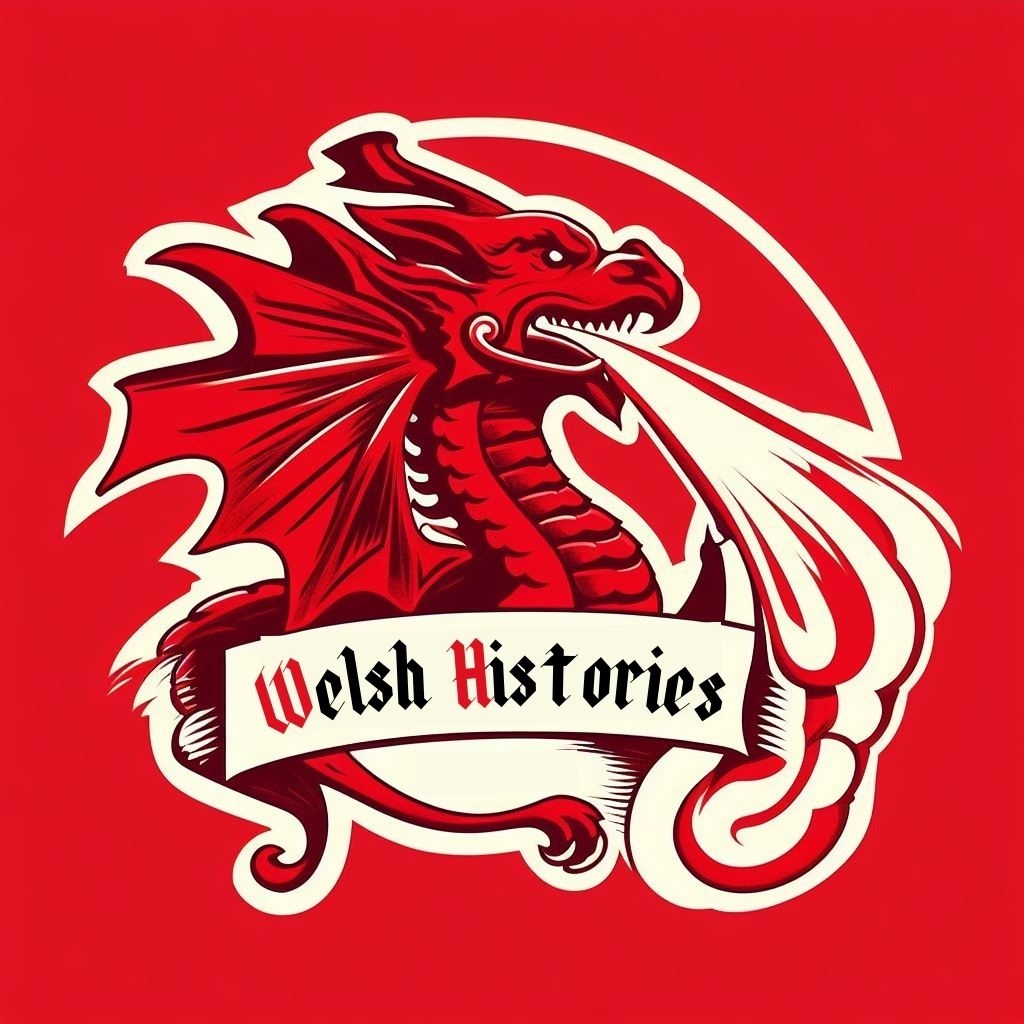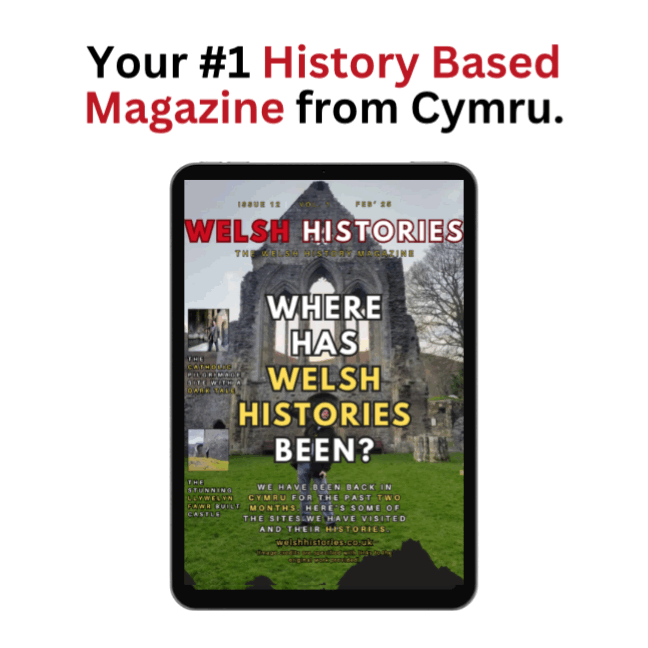Your basket is currently empty!
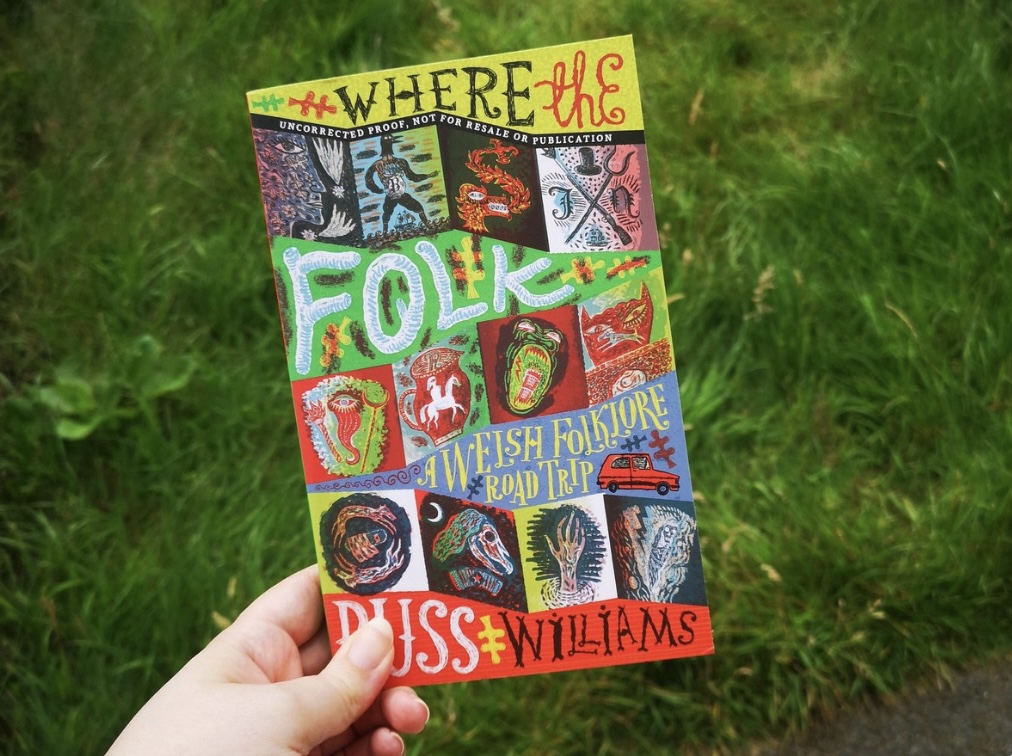
I Genuinely Didn’t Realise How Much Welsh Folklore I Was Missing—Until I Found This Book
We have probably found ourselves thinking, ‘I should know more about my own heritage!’ Sometimes without even realising.
Russ Williams, the author of ‘Where the Folk,’ is one of us who has felt that same twinge of regret when asked about Welsh folktales.

He was raised on Wales’ stories, like the one about a mountain that would send you mad or turn you into a gifted poet if you camped out on it, the one about the lost civilisation drowned by the sea and the one about the bottomless lake leading down to the Welsh Otherworld.
”Ah, stori Nain!” Dad would exclaim whenever he was told an unlikely story,” says Williams.
“Like the one about people camping up on a mountain and coming back either totally bonkers or as talented poets.
Or the one about the devil coming to Wales for the wonderful scenery, the civilisation lost to the Irish Sea, or the martyred hound of Beddgelert.
Stories of witches and giants and not-so-heroic kings, dragons and mad doctors, angry Welsh ladies, ghostly women of every colour of the rainbow, giant beaver monsters, vampire furniture and pirate-fighting monks.”
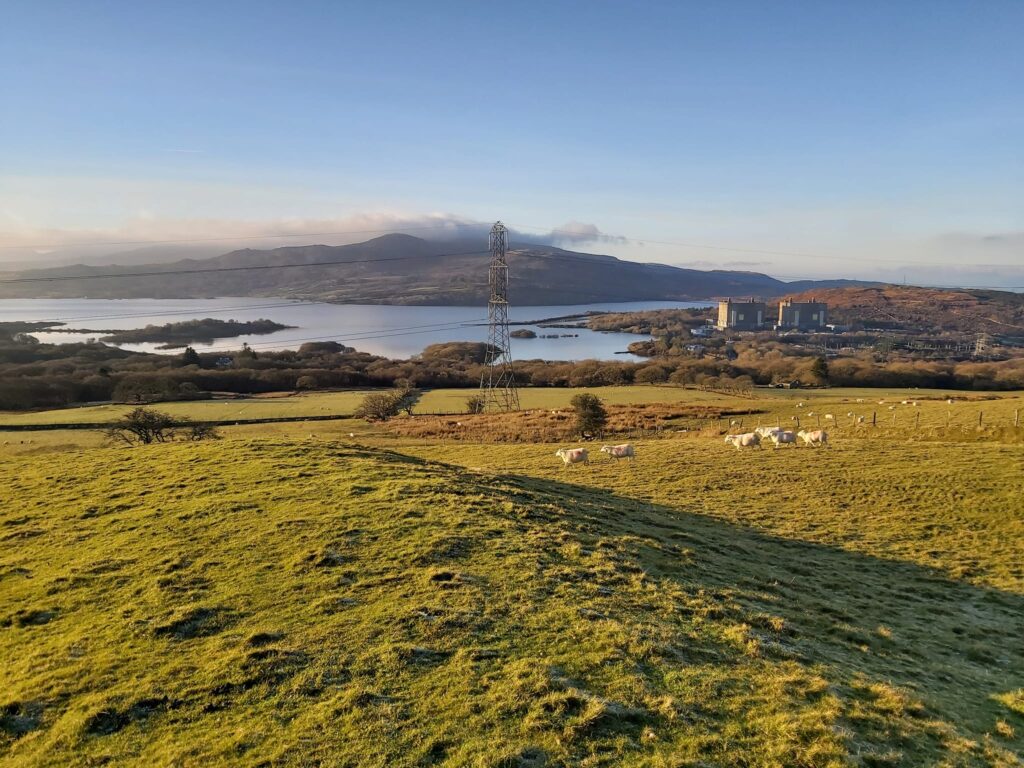
‘“Nain’ is the word we Gogs, or northerners, use for ‘grandmother’, and that’s exactly what these stories are – bold tales passed down by generations of storytellers – writers and orators alike,” explains Williams.
“From the deepest mines to the highest mountains and all the towns, villages and cities in between, these stories have infiltrated every nook and cranny of this land and have helped shape Welsh culture in more ways than one would think, both past and present.
They’ve given rise to numerous place names, provided us with metaphors that we live by and even skewed our understanding of the origin of our flag, Y Ddraig Goch.”
“We learn about some of them in school and although most of us forget them, or at least retain only vague recollections, there are others who devote their entire lives to them.
They dress up as dead horses and prance around town in the name of charity, they sneak into abandoned buildings and underground tunnels in search of treasure, theme their weddings around them and dedicate real ales in their name.”
Reflecting on his journey, William emphasised, “Little did I know in the early weeks of 2020 that a global pandemic would see Welsh folktales change my life forever and that I would become one of these people.”
“During lockdown, I decided to go for a walk.
With travel restrictions in place, I had to think outside the box on where to go.”
I was reading up a lot on Welsh folktales at the time and many of my friends, when asked about them, would say things along the lines of “Argh, I’m Welsh, I should know this!”
“That’s when I decided that I was going to educate the masses. I sought out places that feature in these stories and started writing a blog about my adventures called ‘Where the Folk’. “Where the Folk can I find a hungover ghost?” “Where the Folk can I hear the scream of a banshee?” “
“You get the picture.
However, I quickly realised that I had a lot more to learn about my own country and culture than I had anticipated and found myself spiralling down a “folklore rabbit hole” of sorts.”
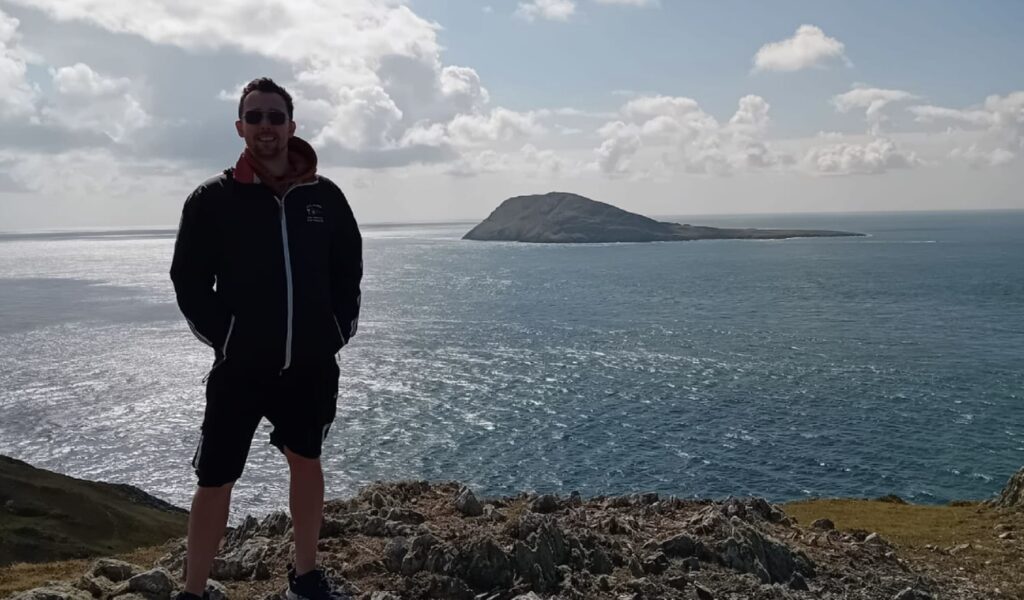
Credits: Russ Williams
“Where did these stories come from? Who told them first? Who thought they were appropriate for children?
To learn more, I spoke to the experts; writers, historians, museum curators, folklorists, academics and various “folkies.””
“When I started receiving likes from people other than my mam, I decided to reach out to a few publishers and to my delight, Calon agreed to publish ‘Where the Folk’, my debut book.
Essentially, it’s a “Welsh Folklore Road Trip” in which I take you from the bustling southeast to the stormy western coasts then up to the rugged mountains of the north to find out just how much influence these tales have had on us.
One thing I learned on my adventure is that, if you do have an interest in visiting these locations, then you’d better do it while you still have the chance.”
“Many of the sites have fallen victim to industrialisation, erosion, rising sea levels, privatisation, you name it – the sad truth is, some of these places won’t be here forever.
So, come join me on a twenty-first century quest of epic proportions… and bring a raincoat, just in case!”
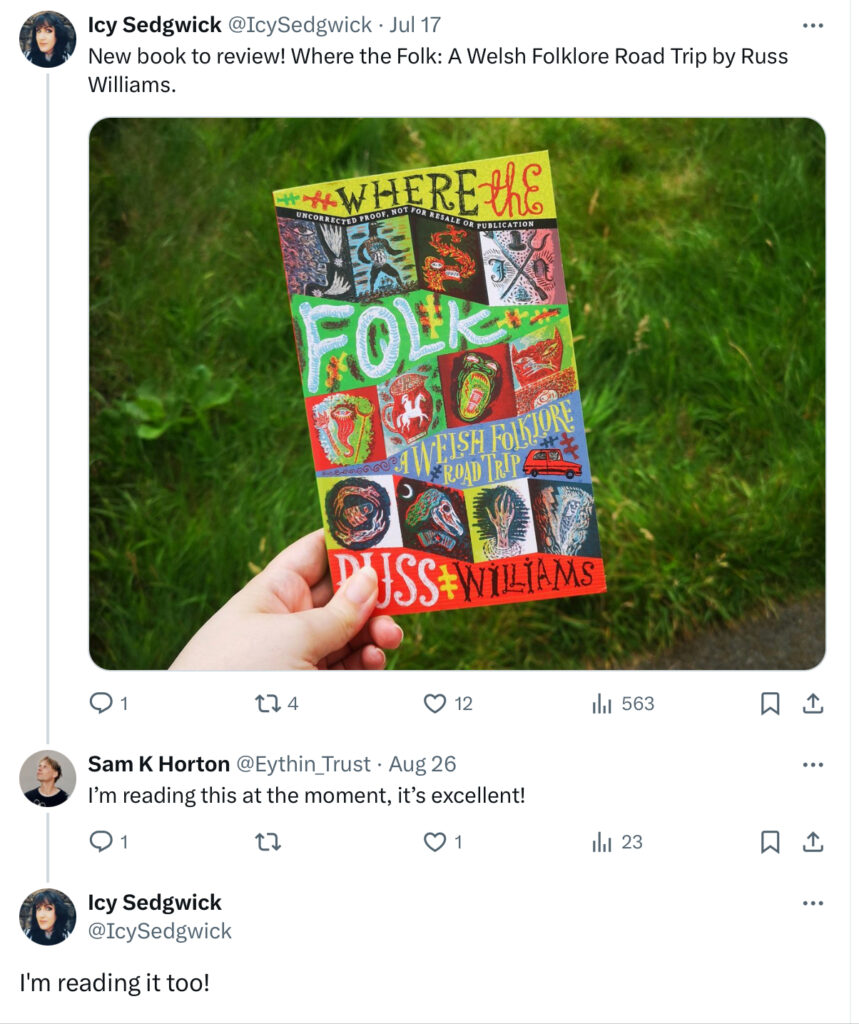
But don’t just take our word for it!!!!
”These stories are told in the context of the Welsh people who hear them for the first time and say “wtf”? If anyone has ever asked “Is that story true?” just read this book. It won’t answer the question because it’s the wrong question, but you’ll understand why you asked it in the first place.”
“A personal road trip in search of the weirdness of Welsh mythology. The author goes in search of not only the well-known tales of the tylwyth teg, the Lady of the Lake and the Welsh Atlantis, but also William Price the conjurer and chartist of Llantrisant, Clwb Ifor Bach and the vampire furniture of the Valleys.”
Get a copy of ‘Where the Folk’ today: Where the Folk | UWP
More from Welsh Histories
Welsh Histories is a Welsh history celebrating platform which looks to promote all aspects of Welsh history. Though we focus predominantly on native Welsh history, we do also share the non-native aspects from time to time. You can follow us on Facebook; Instagram or Twitter for more. A reader? We also have our very own Welsh Histories Shop where we sell our Welsh Histories Magazine. Diolch yn fawr iawn and keep enjoying Welsh Histories.
Sally is a proud wife of a Welshman, editor & writer of Welsh Histories. She’s all about stories—that shout ‘anything Welsh.’ Drop her an email if you have an advice, insight, experience, or a story to share.
